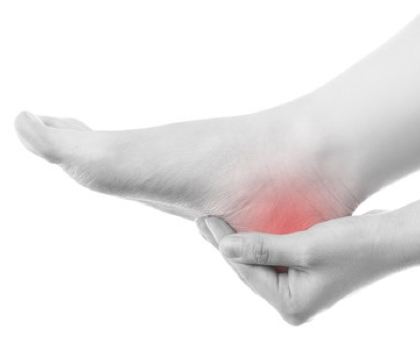Signs and Symptoms
Heel pain can be caused by a number of conditions, including plantar fasciitis/heel spurs (see plantar fasciitis), Achilles tendinopathy, fat pad syndrome, stress fractures, bursitis and nerve entrapment. Fat pad syndrome often develops following a single event such as jumping from a height or gradually following repeated heel strike on hard surfaces or due to poor footwear. Achilles tendinopathy is an injury of the Achilles tendon that joins your calf muscle to your heel, and if left untreated may progress to a tendon rupture.
Signs & symptoms may include heel pain, particularly during weight-bearing activities, and often tenderness under the heel or at the back of the foot. Symptoms may develop suddenly due to acute injury, or gradually over time due to overuse. Pain may occur during or after physical activity such as walking, running or jumping, and you may also experience stiffness in the tendon in the mornings.
Factors that increase your risk of developing heel pain include faulty lower limb biomechanics such as ankle stiffness or calf tightness, a change in training patterns or training surface, new or poor footwear, obesity, diabetes or genetic predisposition.
Our Treatment & Expertise
At Bray Physiotherapy, we will include a detailed biomechanical assessment of the joints in the foot and ankle to diagnose the cause of your pain. Treatment will depend on your diagnosis and may include rest, taping, electrotherapy, acupuncture, manual therapy, or possibly prescription of orthotics to correct faulty foot biomechanics. We will provide an individualised exercise programme which will correct any muscle imbalances, aimed at stretching tight muscles and strengthening weak muscles. Your exercises will be progressed throughout your treatment over a number of weeks until you have returned to full function.


